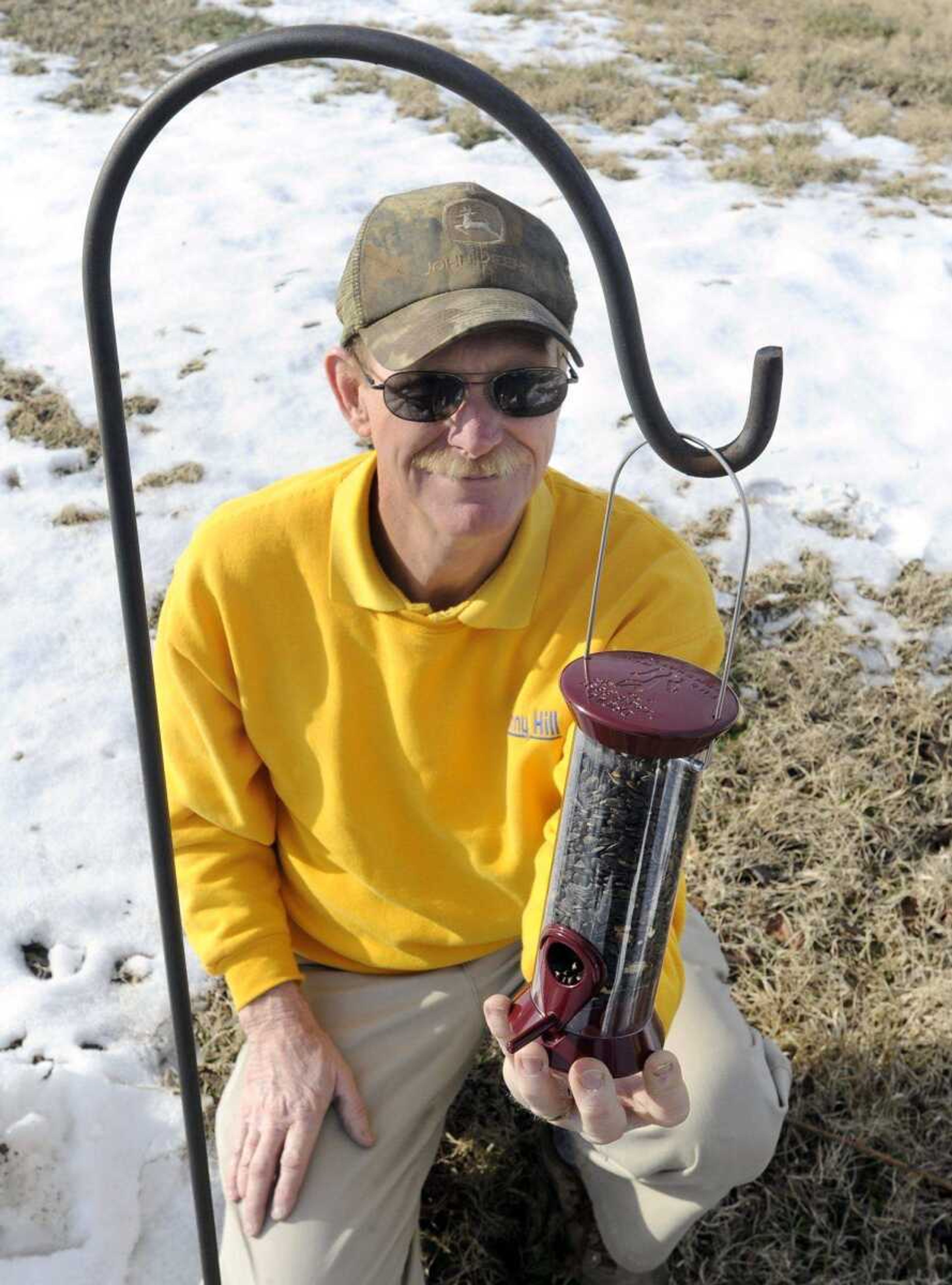The recent snows and cold temperatures have prompted questions from novice bird lovers. What do I need to do to help wild birds to make it through this winter?
The first part of the answer to this question results in strange looks from the novice. I tell them that most birds don't need our help to make it through the winter. God gave them the instinct and wherewithal to find food and shelter in order to survive until next spring.
On the other hand, if you want to give wild birds in your landscape and garden a helping hand during this winter, but have never done so before, here are some suggestions.
Start by feeding birds that pass through your landscape. There are all kinds of seed, seed mixes and other food sources on the market. Keep it simple. Purchase a small bag of black oil sunflower seed because it seems to be a favorite of the widest range of bird species.
Next purchase a bird feeder with large seed ports that allow a bird's access to the sunflower seed. Again, there are all makes and models of bird feeders on the market. To start with, I would suggest a small tube feeder with perches below the seed port. Purchase one that has a wire bail on top to hang the feeder.
Place the feeder somewhere in your landscape that is visible from a place in your home where you spend a lot of time. My mother-in-law hung her bird feeder from a shepherds hook placed in the middle of the yard where she could see it from the kitchen sink and from a picture window in the family room.
If the birds do not frequent the new bird feeder, move it near trees or shrubs in the landscape. Birds use these plants as roosts and shelter. After the birds have found the bird feeder, move it every few days 10 feet toward the location where you want to keep it permanently.
My mother-in-law placed binoculars and a Peterson Field Guide to the Birds at the window in her kitchen. When she saw a bird she couldn't identify, she simply paged through the field guide until she found a match. She had fun keeping records of the different varieties of birds that frequented her bird feeder.
If you would like to have some family fun this winter while learning about nature and bringing color to your yard, start feeding the wild birds that frequent your landscape. It can be an eye-popping experience for all.
Send your gardening and landscape questions to Paul Schnare at P.O. Box 699, Cape Girardeau, MO 63702-0699 or by email to news@semissourian.com.
Connect with the Southeast Missourian Newsroom:
For corrections to this story or other insights for the editor, click here. To submit a letter to the editor, click here. To learn about the Southeast Missourian’s AI Policy, click here.










